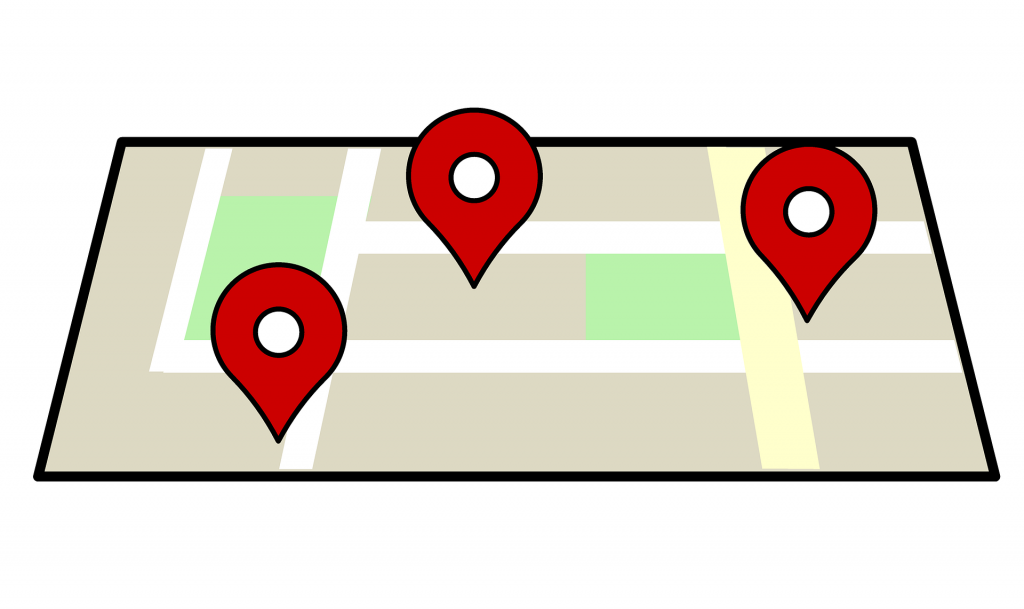Google’s free Maps service is massively useful (while also being the reason just about nobody owns a dedicated GPS unit). And, in this time of pandemic, Google Maps has become just a little more useful. The service has added broader COVID-19 data to Maps as a layer, letting users see country data at a glance.
Infection here
 It’s not, as you might have hoped (or maybe it’s just us), a detailed look at your neighbourhood’s infection rates. It won’t show little Red Zones that need avoiding, like you’re navigating a Resident Evil game. Rather, the new Google Maps layer shows whether entire countries are increasing or declining in terms of new infections. You know, just in case you’ve got an international jaunt planned before the end of the year.
It’s not, as you might have hoped (or maybe it’s just us), a detailed look at your neighbourhood’s infection rates. It won’t show little Red Zones that need avoiding, like you’re navigating a Resident Evil game. Rather, the new Google Maps layer shows whether entire countries are increasing or declining in terms of new infections. You know, just in case you’ve got an international jaunt planned before the end of the year.
The information is only available on the mobile versions of Google Maps and is accessed by activating the new layer and then zooming out. What you’ll see is a seven-day average of reported infections in every country on the planet. The number displayed is the number of people infected per 100,000 people in the country. You… really don’t want to see the numbers for the States.
Data comes from a variety of sources, including Johns Hopkins University and other entities that get their information from the WHO and directly from various countries.




